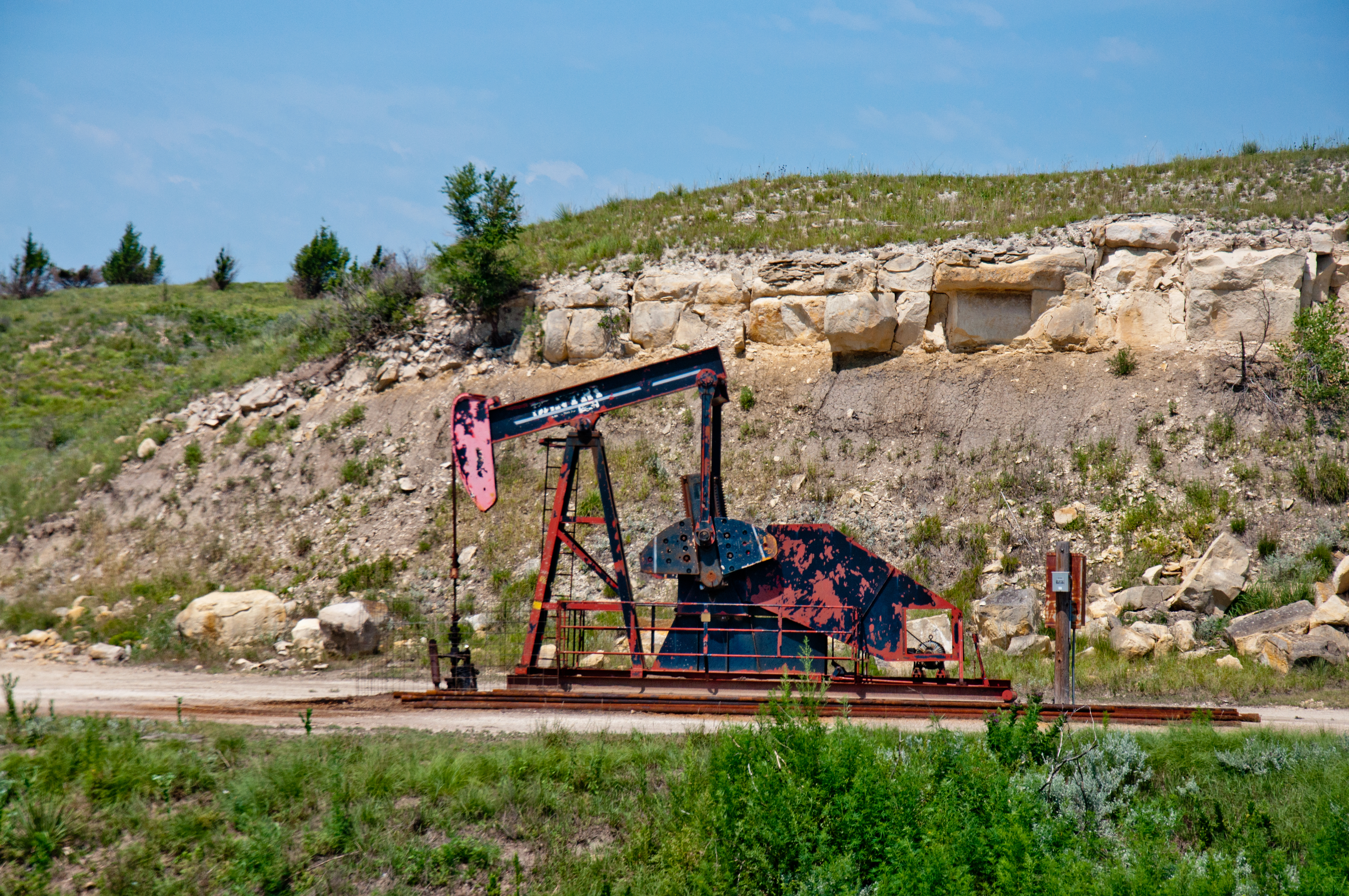By JOHN P. TRETBAR
Crude futures prices were down more than three percent in morning trading Monday (10/14). The benchmark Nymex contract dropped to $52.93 per barrel and London Brent dipped to $58.65. Kansas Common crude at CHS in McPherson gained a dollar and a quarter on Friday, and starts the week at $45 a barrel
Baker Hughes reported 712 active drilling rigs nationwide, an increase of two oil rigs and a decline of one natural gas rig. Texas saw an increase of six rigs last week, while Oklahoma and New Mexico were each down one.
Independent Oil & Gas Service reported seven active rigs in eastern Kansas, which is down four, and 25 west of Wichita, down one from last week. Regulators approved 32 permits for drilling at new locations across Kansas last week, including one in Ellis County and two in Stafford County. Independent reports 26 newly-completed wells across the state, 15 in eastern Kansas and 11 west of Wichita, including one dry hole completed in Ellis County.
The government says U.S. operators had their best production ever, pumping 12,573,000 barrels per day for the week ending Oct. 4. That’s up 193,000 barrels per day from the week before, and is 73,000 barrels per day better than the previous record set Aug. 23.
The Energy Information Administration said inventories were up 2.9 million barrels from the week before, but remain at the five-year average for this time of year.
EIA reported crude-oil imports of 6.2 million barrels per day, down 67,000 barrels per day from the week before. The four-week average is down nearly 17% from a year ago.
The attacks last month on Saudi oil facilities prompted the steepest fall in almost 17 years in OPEC production. According to a survey by S&P Global Platts, the drop in Saudi output, combined with the effects of U.S. sanctions on Iran and Venezuela, dropped OPEC production by 1.48 million barrels per day last month. The group has other problems. Two members, Ecuador and Qatar, are pulling out of the cartel. Last week its Secretary General invited all 97 oil-producing countries in the world to join the so-called “OPEC-plus” alliance that has been managing the world’s oil supply for nearly three years.
Saudi Arabia will soon return its oil patch to full production after a years-long agreement to cap production and prop up prices.. The CEO of Saudi Aramco told CNBC they will return to what he called “maximum sustained capacity” of 12 million barrels per day by the end of November. He said Aramco’s revenues were not reduced in the wake of the recent attacks.
Saudi Aramco is moving forward with plans for a public stock offering, with some shares available before the end of the year. The Wall Street Journal reports the state-owned oil company could sell 1% to 2% of its shares on Saudi Arabia’s domestic exchange as soon as November. Aramco is poised to release its prospectus later this month.
Russia’s top oil exporter Rosneft is hoping end-run U.S. sanctions by conducting business in the European currency. Reuters reports Rosneft has now set the euro as the default currency for all its new export contracts, including for crude oil, oil products, petrochemicals and liquefied petroleum gas. The company ships about 2.4 million barrels of crude oil per day.
The governor of California over the weekend approved a ban on pipelines and other oil-and-gas infrastructure on state property, which they hope will deter energy development on adjacent federal lands. Governor Gavin Newsom also formally renamed the office of the state’s chief energy regulator, amid scandals involving runaway fracking permits and conflict of interest charges.
It cost a record $8 a barrel to ship West African crude to Asia, roughly four times the average for January through August. Bloomberg says the spike is driven by another attack on an oil tanker, as well as U.S. sanctions on a Chinese shipping firm.
Total rail-freight traffic was down another seven percent, but oil-by-rail showed a slight uptick. Operators moved 12,592 rail tanker cars laden with petroleum and petroleum products according to the latest weekly numbers from the Association of American Railroads. That’s a half a percent higher than the same figure a year ago. The cumulative total so far this year is up more than 16% from last year.
A senior scientist at the Kansas Geological Survey (KGS), who specializes in high-resolution seismic exploration, has been elected president of the Society of Exploration Geophysicists, an international research and education organization. According to an announcement from The University of Kansas, Rick Miller’s work at the KGS has led to advances in the investigation of earthquakes, land subsidence, detection of tunnels and subsurface mines, and assessment of dam and levee stability.

